The Ultimate Guide To Companion Planting With Green Beans
The Ultimate Guide to Companion Planting with Green Beans
Green beans are a delicious and versatile vegetable that can be enjoyed in a variety of dishes. They are also relatively easy to grow, making them a great choice for beginner gardeners.
One way to improve your chances of success when growing green beans is to practice companion planting. Companion planting is the practice of planting certain types of plants together in order to benefit each other. Some plants can help to deter pests, attract beneficial insects, or improve the overall health and productivity of their neighbors.
In this guide, we will discuss some of the best companion plants for green beans. We will also cover some of the plants that should be avoided when companion planting with green beans.
Benefits of Companion Planting
There are many benefits to companion planting. Some of the most common benefits include:
- Disease and pest control: Certain plants can help to deter pests and diseases. For example, marigolds are known to repel aphids, while nasturtiums can help to control cabbage worms.
- Attracting beneficial insects: Some plants attract beneficial insects, such as ladybugs and parasitic wasps. These insects can help to control pests in your garden.
- Improving soil health: Some plants, such as legumes, can fix nitrogen in the soil. This can help to improve the overall health of your soil and make it more productive.
- Competitive exclusion: Some plants can help to compete with weeds for space, light, and water. This can help to reduce the number of weeds in your garden.
Best Companion Plants for Green Beans
There are many different plants that can be companion planted with green beans. Some of the best include:
- Carrots: Carrots help to repel root-knot nematodes, which can be a major problem for green beans.
- Cabbage: Cabbage helps to repel cabbage loopers, which can be a major pest for green beans.
- Celery: Celery helps to repel cucumber beetles, which can be a major pest for green beans.
- Cucumbers: Cucumbers and green beans are both vining plants, so they can be planted together to save space. They also help to improve the flavor of each other's fruits.
- Eggplants: Eggplants help to repel Colorado potato beetles, which can be a major pest for green beans.
- Lettuce: Lettuce helps to attract beneficial insects, such as ladybugs and parasitic wasps. These insects can help to control pests in your garden.
- Marigolds: Marigolds are known to repel aphids, whiteflies, and other pests. They also help to improve the overall health of your soil.
- Nasturtiums: Nasturtiums help to control cabbage worms and other pests. They also attract beneficial insects, such as ladybugs and parasitic wasps.
- Peas: Peas and green beans are both legumes, so they can help to fix nitrogen in the soil. This can help to improve the overall health of your soil and make it more productive.
- Potatoes: Potatoes help to repel Mexican bean beetles, which can be a major pest for green beans.
- Squash: Squash helps to repel cucumber beetles, which can be a major pest for green beans.
- Swiss chard: Swiss chard helps to attract beneficial insects, such as ladybugs and parasitic wasps. These insects can help to control pests in your garden.
- Tomatoes: Tomatoes help to repel whiteflies and other pests. They also help to improve the flavor of green beans.
Plants to Avoid When Companion Planting with Green Beans
There are a few plants that should be avoided when companion planting with green beans. These include:
- Alliums: Alliums, such as onions, garlic, and chives, can stunt the growth of green beans.
- Melons: Melons and green beans compete for the same nutrients, so they should not be planted together.
- Pepper
- Spinach: Spinach can attract aphids, which can be a major pest for green beans.
Conclusion
Companion planting is a great way to improve the health and productivity of your garden. By planting the right plants together, you can help to deter pests, attract beneficial insects, and improve the overall health of your soil.
If you are new to companion planting, start by planting a few of the plants listed above together. You will be surprised at how well they do!
FAQ of companion plants to green beans
- What are some good companion plants for green beans?
Some of the best companion plants for green beans include:
- Basil: Basil is a natural pest repellent that can help to protect your green beans from aphids, spider mites, and other insects. It also improves the flavor of the beans.

- Cucumbers: Cucumbers and green beans are both heavy feeders, so they benefit from being planted together. The cucumbers help to shade the roots of the green beans, while the green beans help to improve the nitrogen content of the soil.

- Marigolds: Marigolds are another great companion plant for green beans. They help to repel pests such as Mexican bean beetles and nematodes. They also add a splash of color to your garden.

- Peas: Peas and green beans are both legumes, which means they fix nitrogen in the soil. This benefits both plants and can help to improve the overall health of your garden.
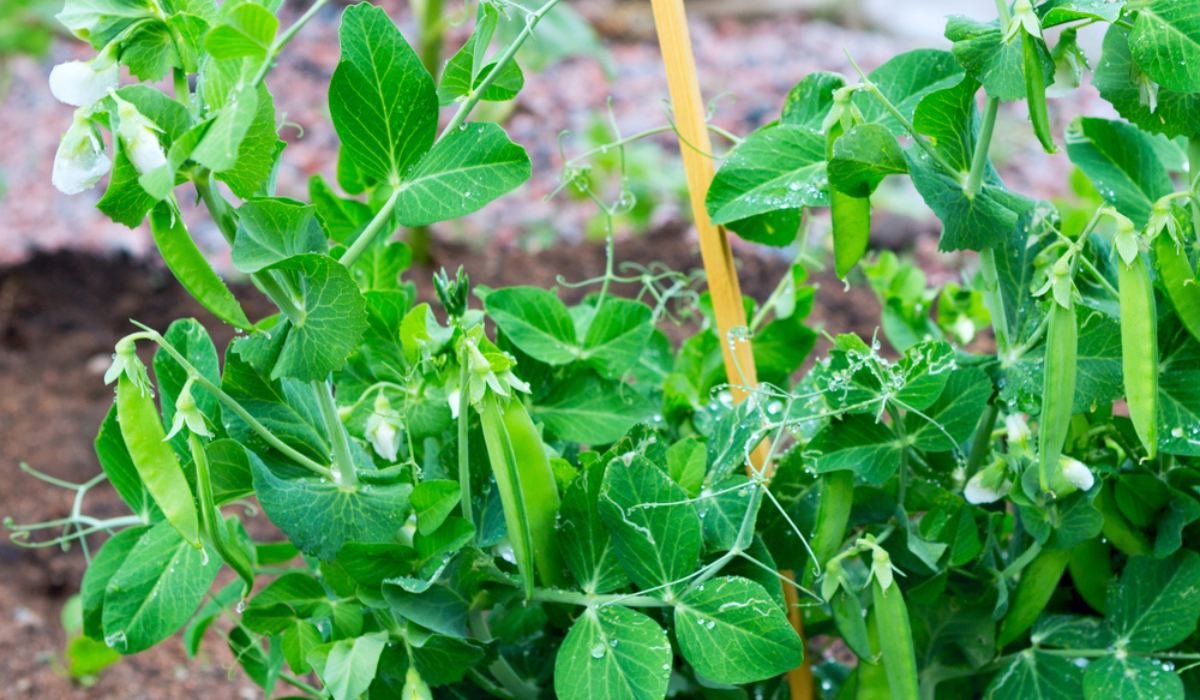
- Spinach: Spinach is a cool-season crop that can be planted in the same bed as green beans after the beans have finished producing. Spinach helps to suppress weeds and improves the soil quality.
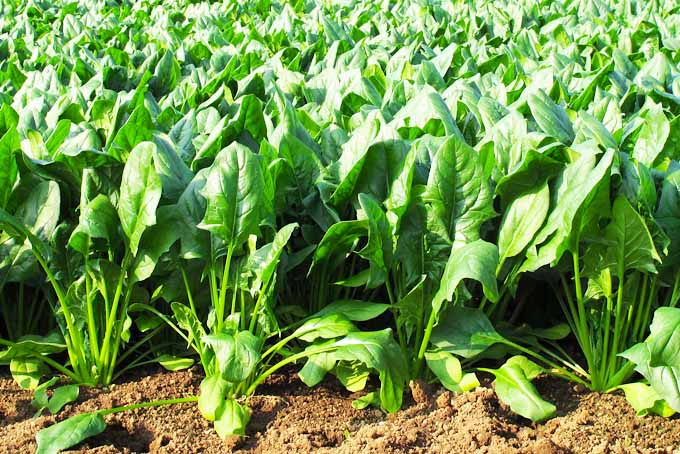
- What plants should not be planted near green beans?
Some plants that should not be planted near green beans include:
- Alliums: Alliums, such as onions, garlic, and chives, can stunt the growth of green beans.

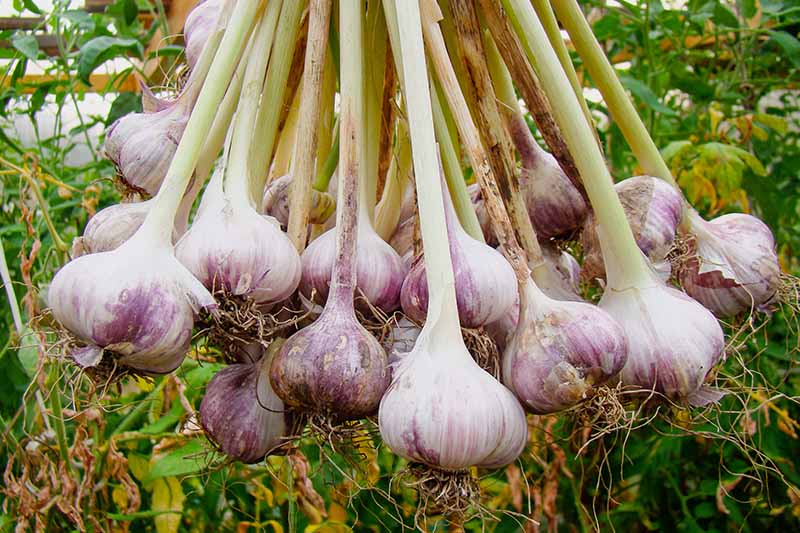
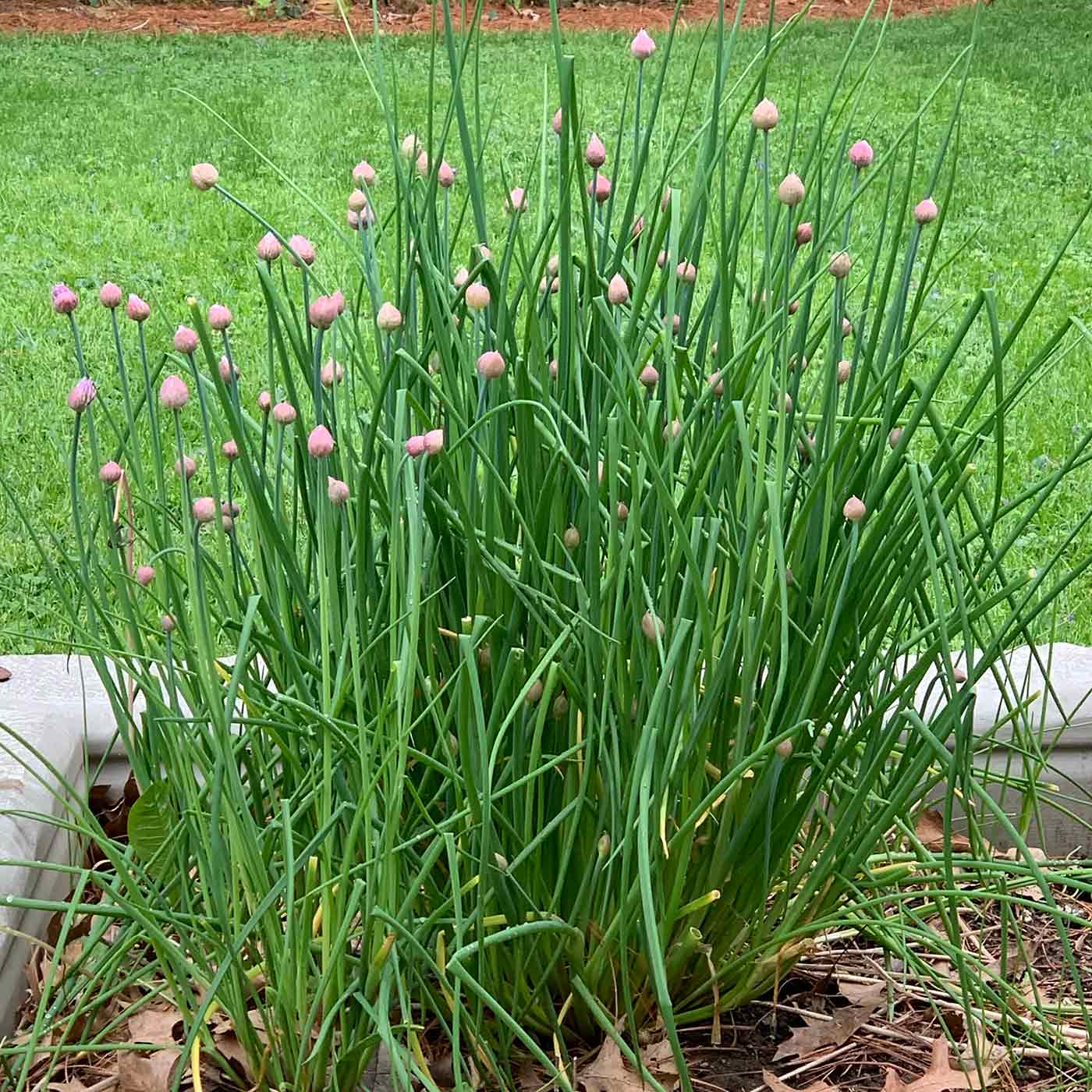
- Potatoes: Potatoes and green beans can compete for nutrients, so it is best to avoid planting them together.

- Fennel: Fennel can inhibit the growth of green beans.
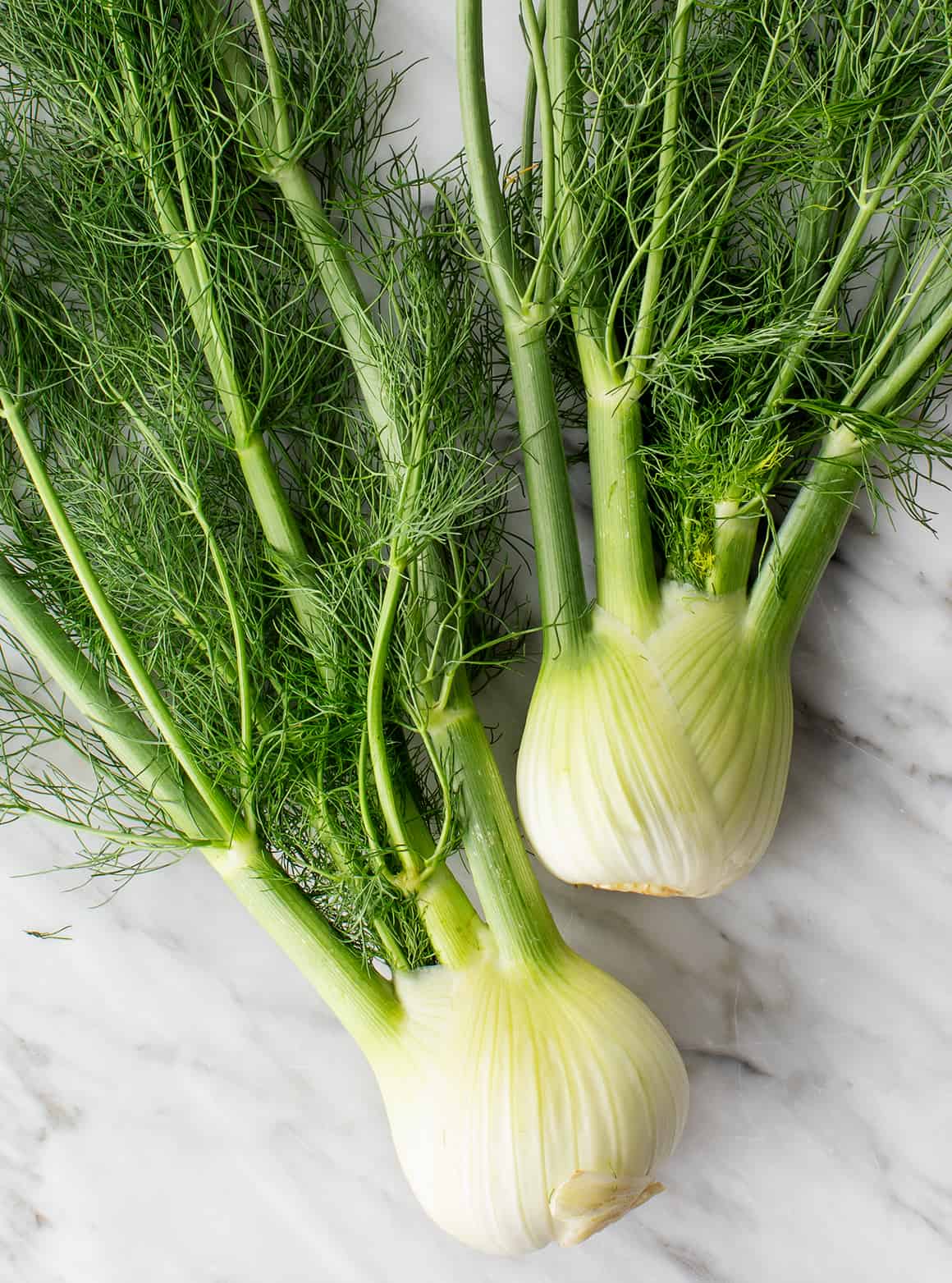
- Melon: Melons and green beans have different water and nutrient requirements, so it is best to avoid planting them together.
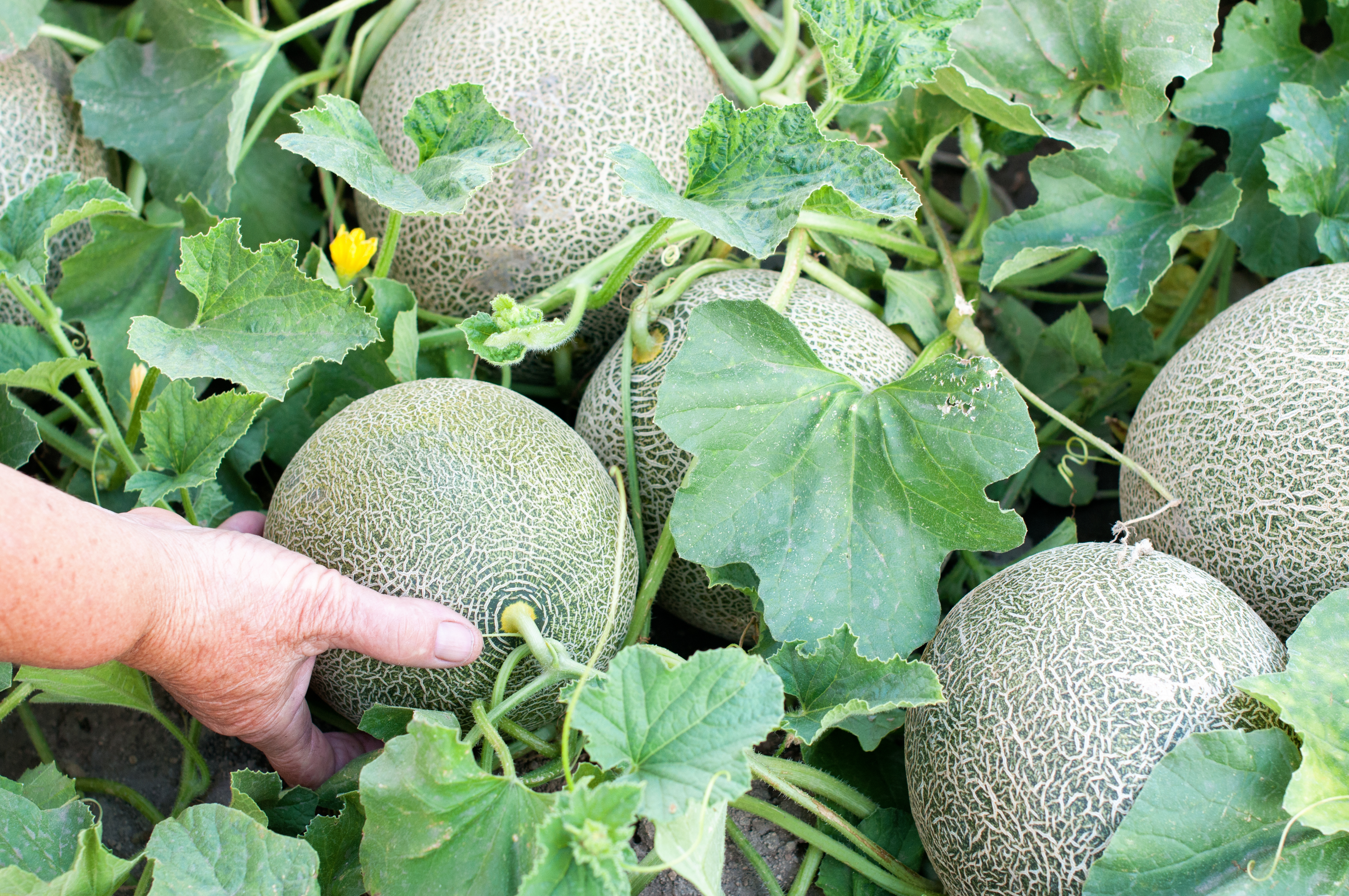
- Pumpkins: Pumpkins and green beans can compete for space, so it is best to avoid planting them together.
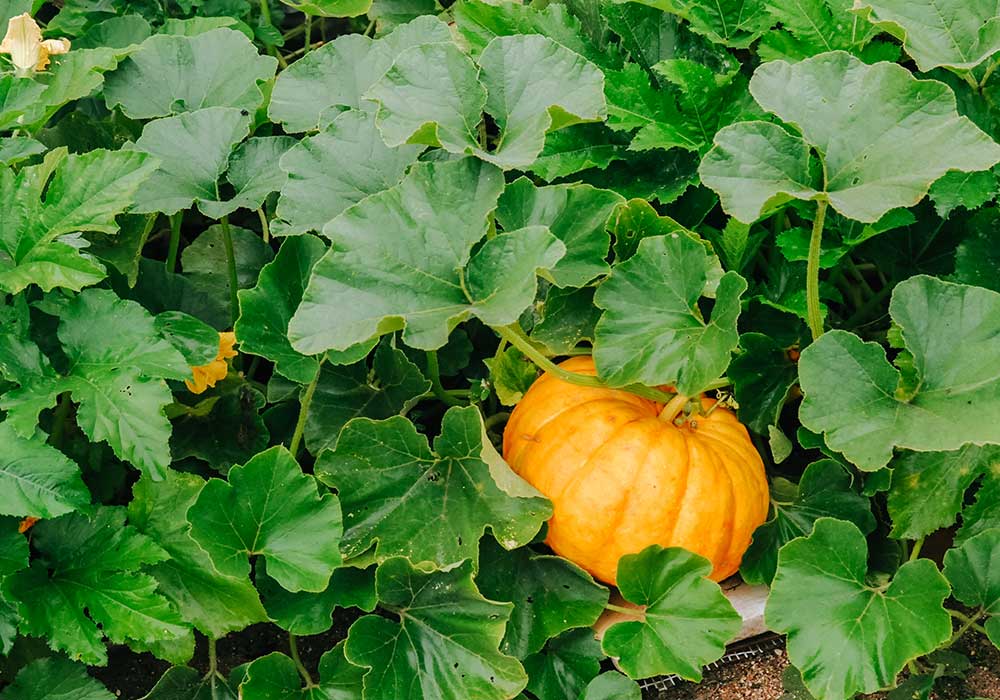
- What are the benefits of companion planting with green beans?
There are many benefits to companion planting with green beans. Some of these benefits include:
- Disease and pest control: Companion plants can help to repel pests and diseases, which can help to keep your green beans healthy.
- Increased yield: Companion plants can help to improve the yield of your green beans by providing shade, nutrients, and support.
- Improved soil quality: Companion plants can help to improve the soil quality by fixing nitrogen and suppressing weeds.
- Attracting beneficial insects: Companion plants can attract beneficial insects, such as ladybugs and hoverflies, which can help to control pests.
- Adding beauty to your garden: Companion plants can add beauty to your garden and make it more attractive.
- How far apart should green beans be planted?
The spacing requirements for green beans vary depending on the variety. Bush beans should be planted 2-3 inches apart, while pole beans should be planted 4-6 inches apart.
- When should green beans be planted?
The best time to plant green beans depends on your climate. In general, green beans can be planted outdoors 2-4 weeks after the last frost.
Image of companion plants to green beans
- Marigolds: Marigolds are a great companion plant for green beans because they help to repel pests, such as aphids and beetles. They also add a splash of color to the garden.
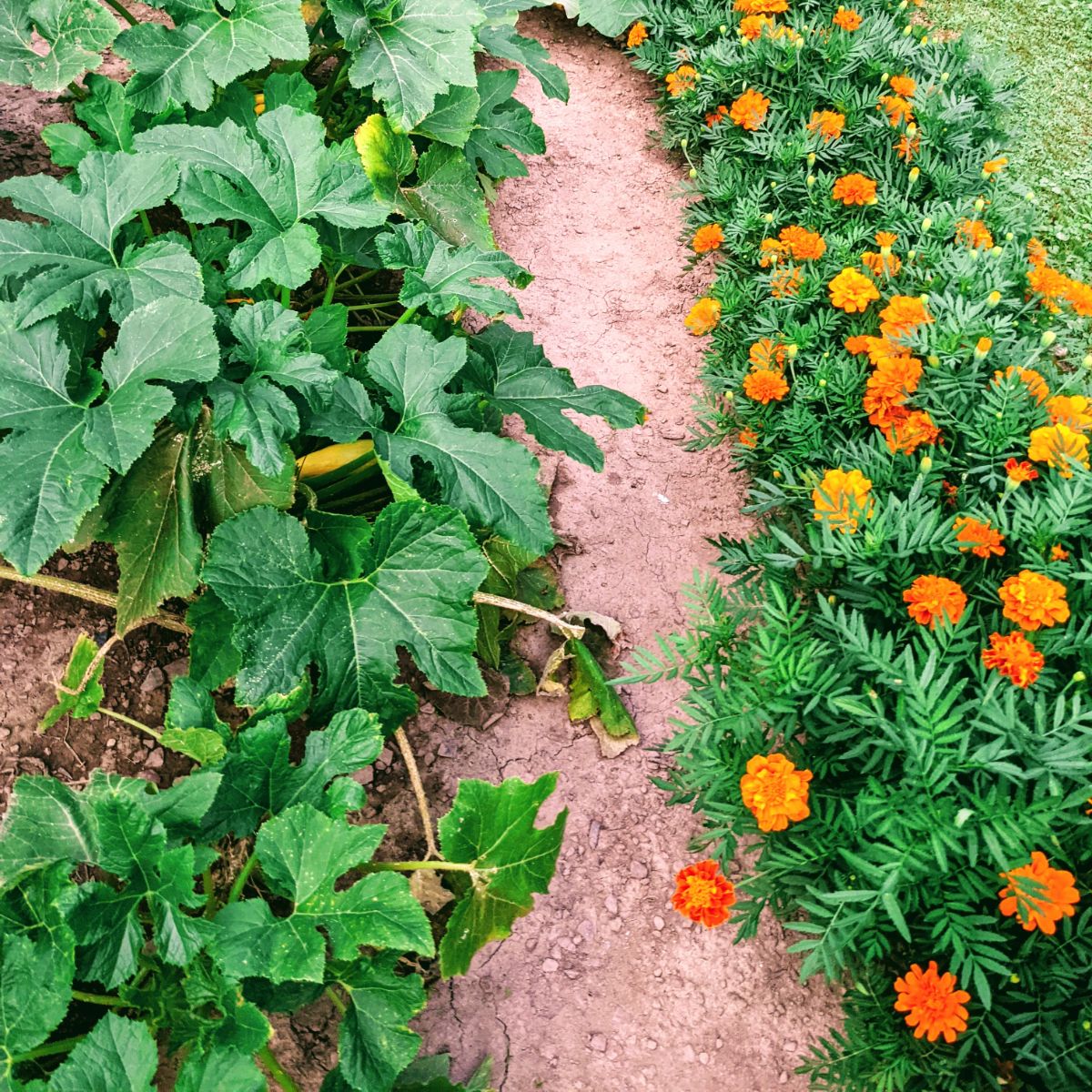
- Cucumbers: Cucumbers and green beans are both members of the cucurbit family, so they can be planted together. They help to shade each other from the sun, which can help to prevent wilting.
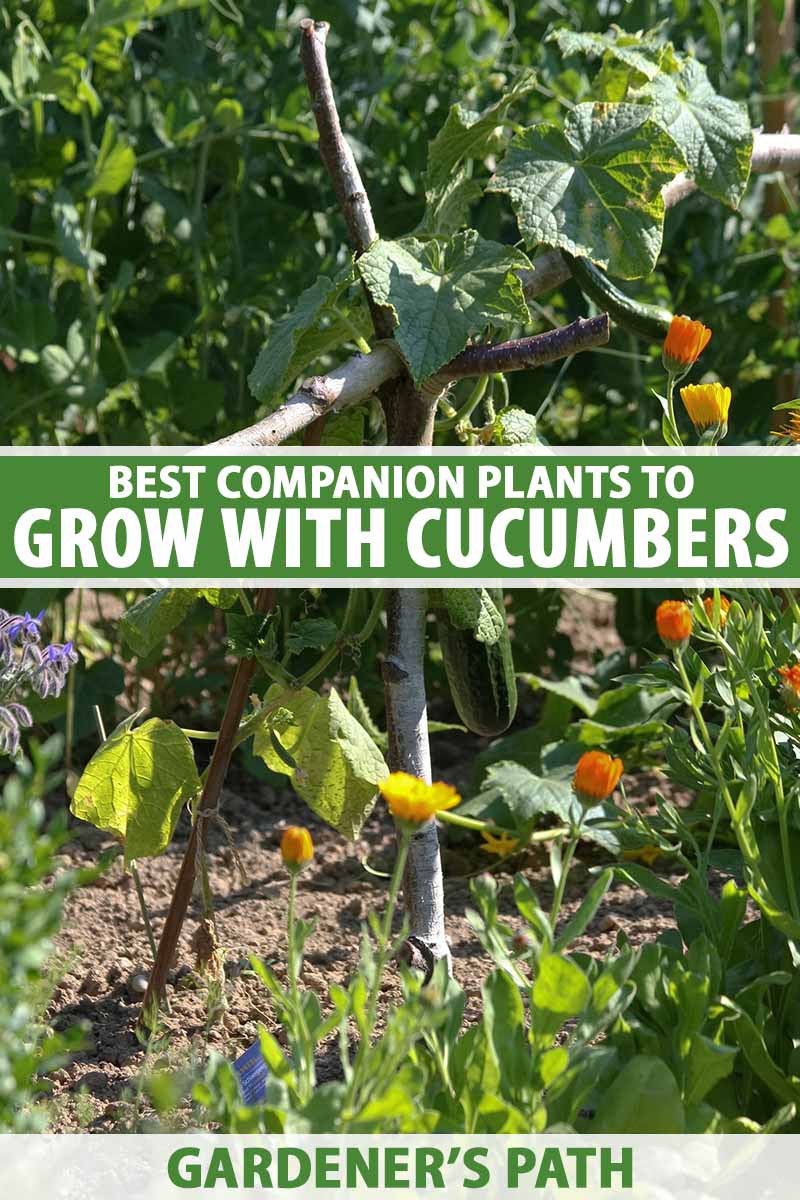
- Onions: Onions help to repel root knot nematodes, which can be a problem for green beans. They also add a sulfur-rich aroma to the soil, which can benefit the growth of green beans.
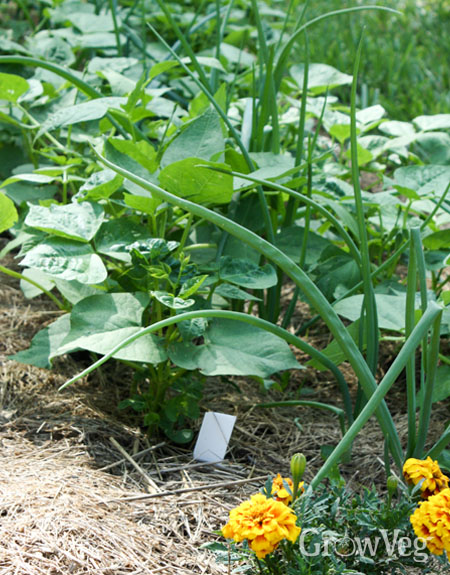
- Carrots: Carrots and green beans are both root vegetables, so they can be planted together without competing for resources. Carrots also help to improve the drainage of the soil, which can benefit the growth of green beans.
- Nasturtiums: Nasturtiums are another great companion plant for green beans because they help to attract beneficial insects, such as ladybugs and hoverflies. These insects help to control pests that can damage green bean plants.
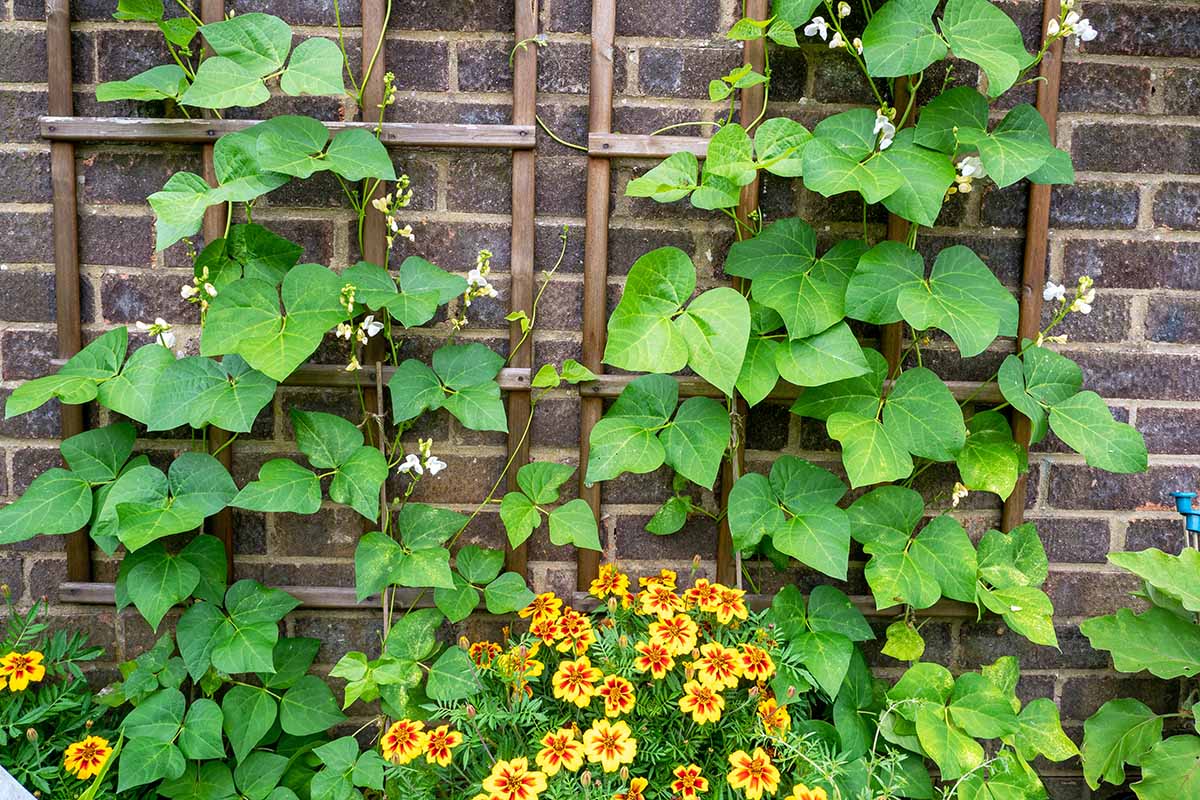
Post a Comment for "The Ultimate Guide To Companion Planting With Green Beans"